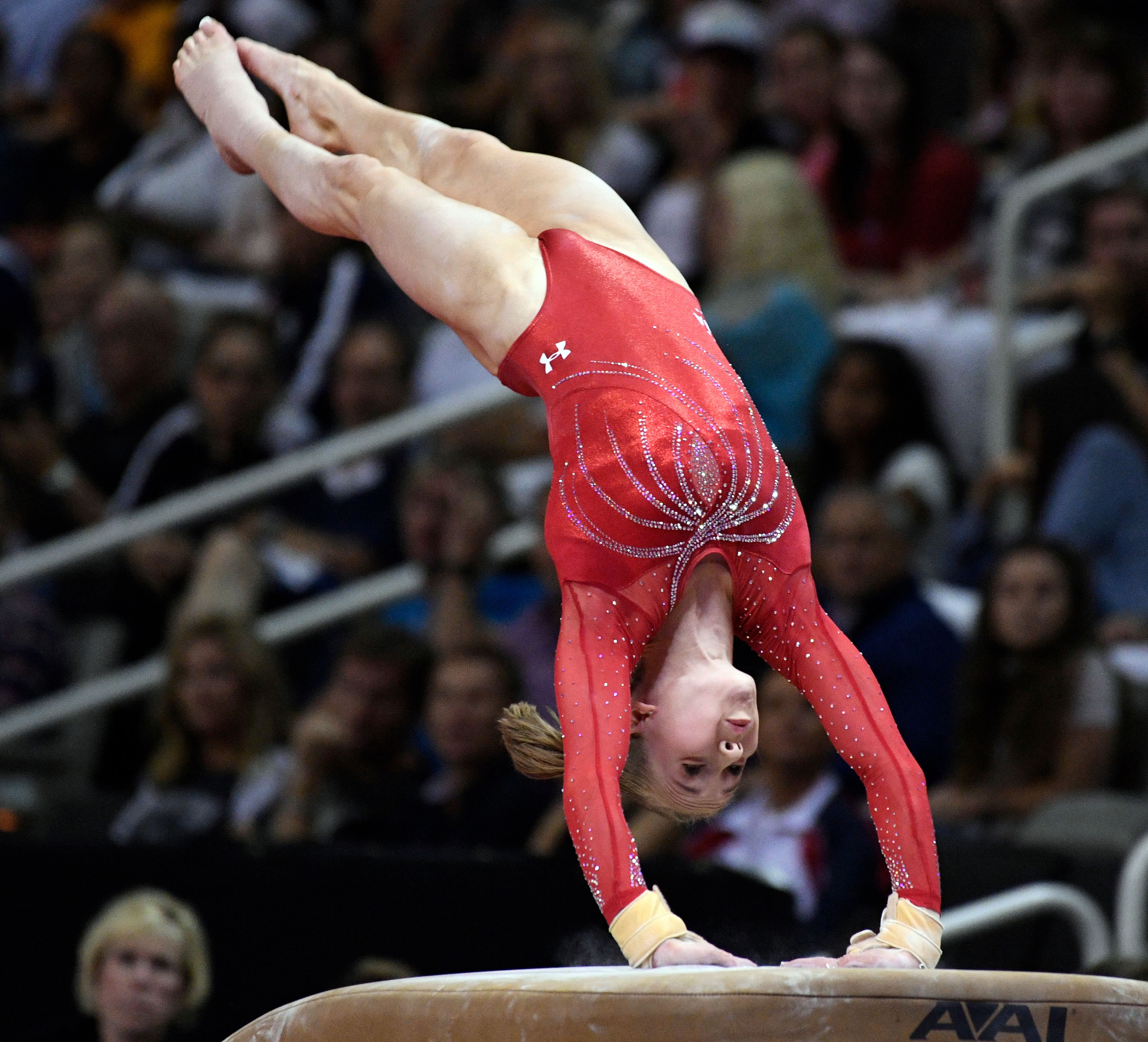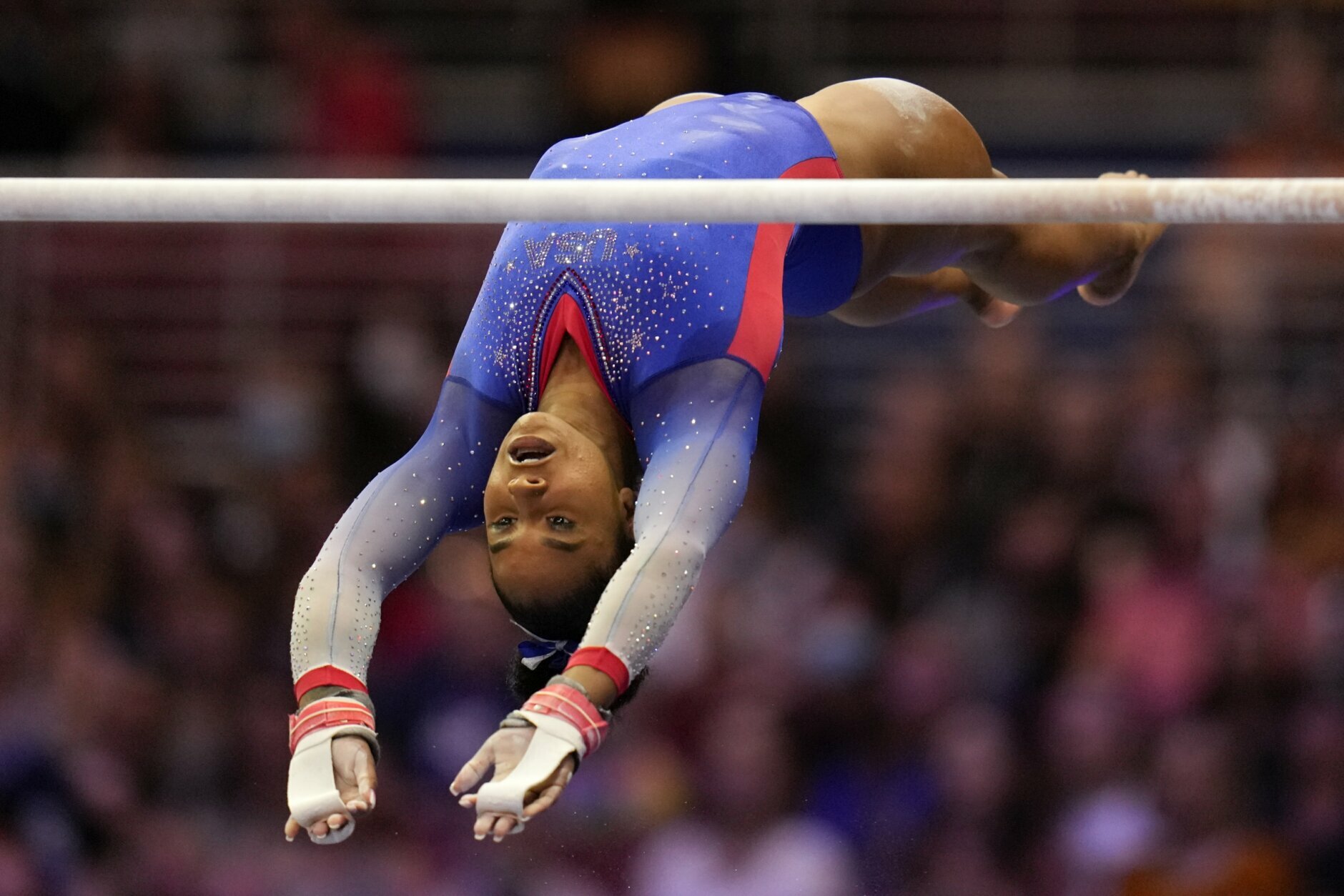Injury Risk Factors in Gymnastics

Gymnastics is a demanding sport that requires athletes to perform complex and physically challenging maneuvers. These maneuvers put a great deal of stress on the body, which can lead to injuries.
The physical demands of gymnastics can be divided into two main categories: static and dynamic. Static demands refer to the forces that are applied to the body when it is in a fixed position, such as when a gymnast is holding a handstand. Dynamic demands refer to the forces that are applied to the body when it is in motion, such as when a gymnast is performing a backflip.
Both static and dynamic demands can contribute to injury risk in gymnastics. Static demands can cause injuries to the joints, muscles, and tendons. Dynamic demands can cause injuries to the muscles, tendons, and ligaments.
The risk of injury in gymnastics is also affected by training intensity, technique, and equipment. Training intensity refers to the amount of time and effort that a gymnast spends training. Technique refers to the way that a gymnast performs a skill. Equipment refers to the mats, beams, and other apparatus that gymnasts use to train and compete.
Training intensity, technique, and equipment can all contribute to injury risk in gymnastics. High training intensity can increase the risk of overuse injuries. Poor technique can increase the risk of acute injuries. Improper equipment can increase the risk of both overuse and acute injuries.
The prevalence of injuries among gymnasts varies depending on the level of competition. Gymnasts who compete at the elite level are more likely to experience injuries than gymnasts who compete at the recreational level. This is because elite gymnasts train more intensely and perform more difficult skills than recreational gymnasts.
Role of Training Intensity
Training intensity is one of the most important factors that contributes to injury risk in gymnastics. High training intensity can increase the risk of overuse injuries, such as stress fractures, tendinitis, and muscle strains. This is because high training intensity puts a great deal of stress on the body, which can lead to the breakdown of tissues.
The amount of training that a gymnast needs to do in order to reach their full potential varies depending on their individual circumstances. However, most gymnasts need to train for several hours each day, six or seven days a week. This can be a lot of stress on the body, which is why it is important for gymnasts to listen to their bodies and take breaks when they need them.
Role of Technique
Technique is another important factor that contributes to injury risk in gymnastics. Poor technique can increase the risk of acute injuries, such as sprains, dislocations, and fractures. This is because poor technique can put the body in an awkward position, which can lead to injury.
It is important for gymnasts to learn proper technique from a qualified coach. A good coach can help gymnasts to develop the strength, flexibility, and coordination that they need to perform skills safely.
Role of Equipment
Equipment can also contribute to injury risk in gymnastics. Improper equipment can increase the risk of both overuse and acute injuries. For example, mats that are too hard can increase the risk of stress fractures, while mats that are too soft can increase the risk of sprains and dislocations.
It is important for gymnasts to use the proper equipment for their training and competition. Gymnasts should also make sure that their equipment is in good condition and is used properly.
Common Injuries in Gymnastics

Gymnastics olympic trials injury – Gymnastics is a demanding sport that requires athletes to perform complex and physically challenging movements. As a result, gymnasts are at risk of sustaining a variety of injuries. The most common injuries sustained by gymnasts during training and competition include:
Upper Extremities
- Wrist sprains and fractures are common injuries in gymnasts who perform repetitive wrist movements, such as handstands and push-ups.
- Elbow tendinitis is another common injury in gymnasts, caused by overuse of the elbow joint.
- Shoulder dislocations can occur when a gymnast falls or lands awkwardly on their shoulder.
Lower Extremities, Gymnastics olympic trials injury
- Ankle sprains are the most common lower extremity injury in gymnasts.
- Knee injuries, such as anterior cruciate ligament (ACL) tears, are also common in gymnasts.
- Achilles tendon injuries can occur when a gymnast overuses their Achilles tendon.
Spine
- Stress fractures of the spine can occur in gymnasts who perform repetitive back exercises.
- Spondylolysis is a condition that occurs when a gymnast has a defect in one of the vertebrae in their spine.
- Herniated discs can occur when a gymnast’s spinal discs become compressed.
The severity of these injuries can vary from minor sprains to serious fractures. Some injuries may require surgery to repair, while others can be treated with rest and rehabilitation. In some cases, injuries can be career-ending for gymnasts.
Injury Prevention and Management Strategies: Gymnastics Olympic Trials Injury

Injury prevention and management are crucial in gymnastics to safeguard athletes’ health and performance. Evidence-based strategies can effectively reduce injury risk and promote recovery.
Preventing injuries requires a comprehensive approach that includes proper warm-up and cool-down routines, strength training, and flexibility exercises. These measures prepare the body for demanding movements, reduce muscle imbalances, and enhance joint stability.
Injury Management Protocols
When injuries occur, prompt and appropriate management is essential. Rest is vital to allow tissues to heal, followed by gradual rehabilitation exercises to restore range of motion, strength, and function. Return-to-play guidelines should be individualized, considering the severity of the injury, athlete’s progress, and medical advice.
The gymnastics Olympic trials injury has cast a shadow over the sport, with many athletes suffering from various ailments. One of the most notable cases is Shane Wiskus , who sustained a torn Achilles tendon during the competition. This injury has not only jeopardized his Olympic dreams but also highlighted the risks associated with the demanding sport.
The weight of anticipation hung heavy in the air as gymnasts prepared for the Olympic trials, their every move fraught with the risk of injury. Yet, amidst the determination, fate struck, leaving some dreams shattered. As the women’s gymnastics Olympic trials unfolded, the relentless pursuit of perfection came at a cost.
The echoes of disappointment reverberated through the arena, a somber reminder of the sacrifices and setbacks that accompany the pursuit of athletic glory.